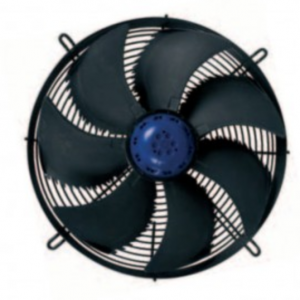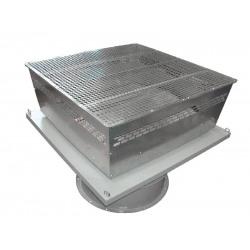
Ventilatoare centrifugale – joasa presiune – are essential to many industrial processes, helping drive airflow and ensuring optimal efficiency. They are used for both cooling and ventilation and come in a range of styles and sizes to meet the needs of different industries.
Benefits of Industrial Fans
One of the primary benefits of industrial fans is improved air quality in enclosed spaces. Their powerful motors help move large quantities of air, which helps reduce airborne contaminants. Industrial fans can also help maintain consistent temperatures and reduce moisture levels, making them an ideal choice for climate-controlled environments. In addition to their air filtration capabilities, industrial fans are also excellent at circulating air evenly throughout a space making them perfect for larger areas with high ceilings.
Types of Industrial Fans
The most common type of industrial fan is the axial fan. This fan has blades that are arranged in a parallel pattern and they produce a “throwing” action, meaning they push air outwards in a radial direction. Axial fans are typically used to move air in large volumes, making them ideal for ventilation applications. Another popular industrial fan is the centrifugal fan, which uses a rotating impeller to draw air in from one side before discharging it from another.
Applications of Industrial Fans
Industrial fans are most commonly used in factories, power plants, and other industrial settings. In these types of environments, industrial fans are essential for providing proper ventilation and cooling. Additionally, industrial fans may be used in residential or commercial buildings as well to improve air circulation and reduce moisture levels. Because of their versatility and durability, industrial fans are increasingly being used to improve air quality in many different types of buildings.
Factors to Consider Before Purchasing an Industrial Fan
When choosing an industrial fan, there are several factors to consider. First, you must determine the size and power of the fan required depending on the size and layout of the space you have available. You should also take into consideration environmental factors such as temperature, humidity, and airborne particles. Additionally, you should assess the noise level of the fan, as some models may be too loud for certain applications. Finally, you should consider your budget when selecting an industrial fan and look for models that offer cost-effective solutions.
The Future of Industrial Fans
As technology continues to advance, industrial fans will become even more efficient and reliable. One example of this is the development of variable-speed fan systems which allow users to regulate the speed of their fan according to changing conditions. Additionally, new materials such as lightweight metals like aluminum and stainless steel are making industrial fans even more durable. With these innovations, industrial fans will become an essential tool for improving air quality and ventilation in all kind of settings.
Industrial fans provide a simple and cost-effective way to improve air quality and circulation. They come in a variety of shapes, sizes, and power levels, making them adaptable to any space. In order to select the right model for your application, it is important to consider the size, power, environment, noise levels, and budget. With the right fan, you can ensure optimal air quality and maximum efficiency.

